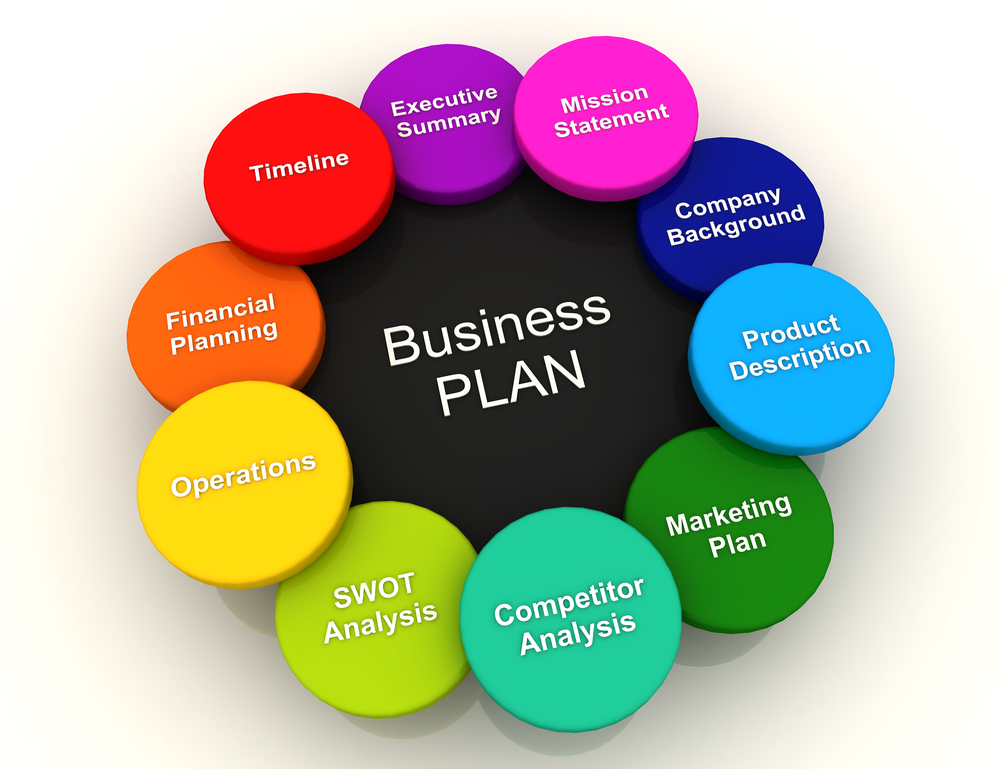
You can learn a lot about the currency market. You can have a great system for trading but without a good trading plan and the discipline to stick to it, you will NEVER be profitable.
Your trading plan will be a constant reminder of how you will make money trading the currency market. A plan is not required, and if you make a living by trading and do not have a plan you will be a market genius. Let us give you some good reasons why you should have a trading plan.
Why Do You Need a Trading Plan?
- A plan will keep you headed in the right direction.
You need to develop consistency in your trading. You should have a routine so you can measure your success as a trader. You may have a sound trading system and always break the rules. If this is the case, you will never know how good your system is and how good you are as a trader. Read your plan every day, follow it and you will stay on target with your goals.
- Successful trading is not just a hobby it is a business, and a successful business will have a plan.
I have never known of a successful business that did not start with a plan. By sticking to the plan, they continued to be successful. If they stop following their plan, then they will become weak in their industry and fall by the wayside. As your trading business progresses you may alter your trading plan.
But you still have a plan. The difference between the winning traders and the losing traders is a plan.
If you have a good plan (developed over time) and you stick to it, you can become successful! You may have a simple plan or a complex plan but to be successful you need to FOLLOW YOUR PLAN.

Basics For Your Plan
The trading system is the foundation of your trading plan. You should test it for at least one month by your Pre-Launch Trading.
Include all the valuable information about your system:
- Time frames you will use.
- The entry and exit signals you will use.
- The maximum percentage you will risk on each trade.
- How many lots you will trade?
Example: I trade the NASDAQ100. I trade in the direction of the trend on the
1-hour chart. I trade when I get at least two retests after the key-level breakout.
i.e., Money Pattern or Buildup formed at the key level (on the time frame that is easiest to read at the time I am trading). I will always start each trade with only one lot. I will add to the trade as new signals present themselves. I will exit all positions when my manual trailing stop is hit.
